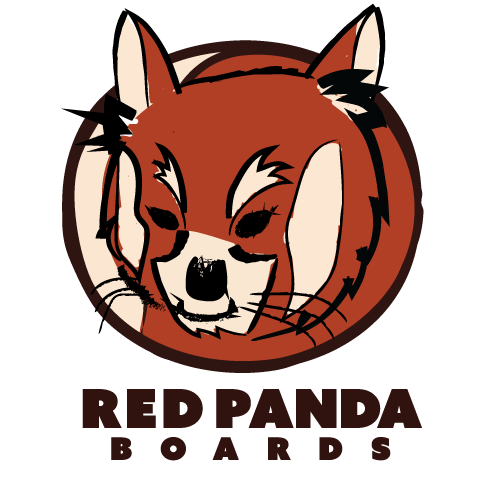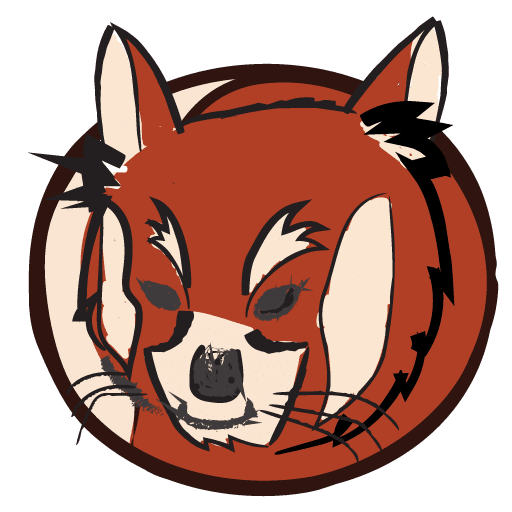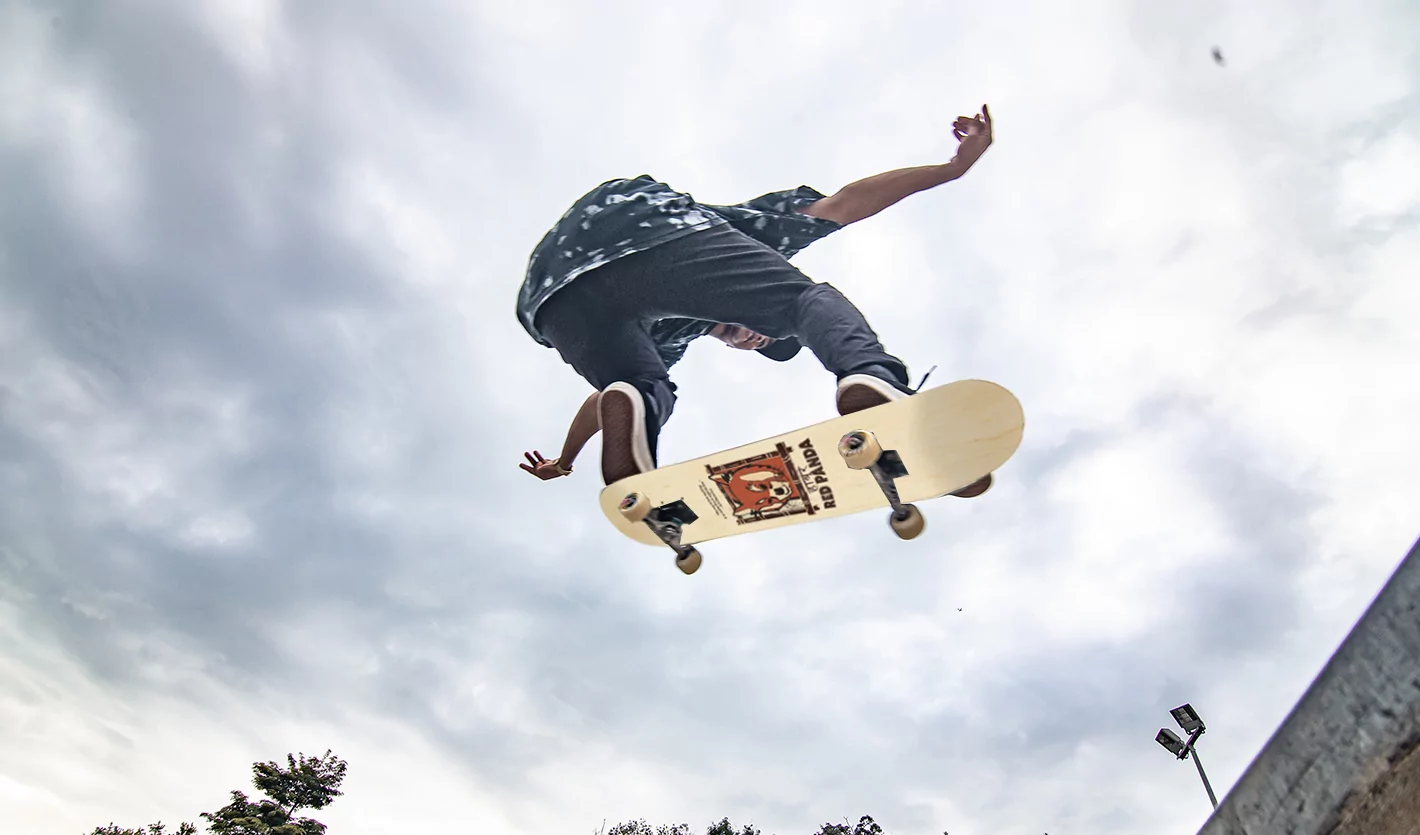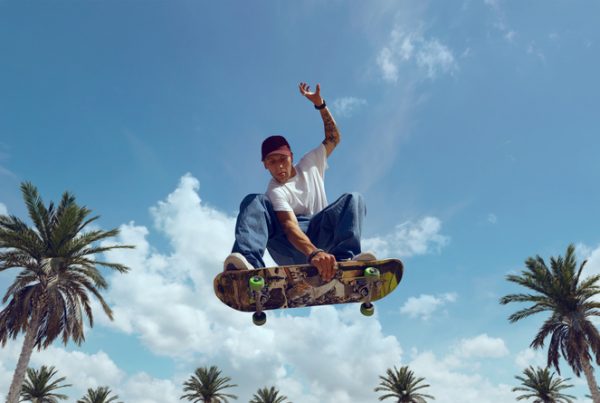Skateboarding arrived at the perfect moment.
Growing up in the 80s was an amazing time.
We experienced first-hand culture-shaping movies like Star Wars, Indiana Jones, Back to the Future, and Karate Kid.
We had a front-row seat to bands like U2, REM, and the CURE as they rose to greatness.
We witnessed Michael Jordan revolutionize basketball, joined by Dominque Wilkins, Hakeem Olajuwon, Isaiah Thomas, Larry Bird, and Magic Johnson.
We cheered the likes of Don Mattingly, Wade Boggs, Roger Clemens, Nolan Ryan, Orel Hershiser, Will Clark, Kirk Gibson, and Alan Trammel in Major League Baseball.
We were the beta testers for the video game era now upon us—the first to play the Nintendo Entertainment System and Super Mario Bros. in our homes.
And, most importantly for me, we fully embraced the skateboarding movement.
A Movement
I’m unsure what else to call what my friends and I immersed ourselves in. It was a movement of new clothes, icons, images, tools (skateboards, trucks, wheels, bearings, etc.), language, friends, and activities—it had all it all.
Michael J. Fox skateboarding behind the police car in Back to the Future was the bait and hook for us. It was so cool, so epic, so RAD. We had to do it too.
But it was until Christmas 1986 that I personally received my first board. It was a Vision Gator.

It was large, heavy, entrancing, and unforgettable. I slapped two Independent Trucks and some wheels on that thing, shoved off from the family driveway into the street, and was a transformed human being.
It changed my life.
It wasn’t my first taste of freedom, being able to go where I wanted. I had a great Schwinn bike, top—of—the—line, expensive, durable, and fun.
But the Vision Gator board was a completely different, defining experience. You had to balance, push, avoid rocks, pivot your feet—every part of your body was involved.
And no one was great at it at first. We were all on equal ground. We all bailed. We all hit rocks and shot over the front of the board. We all cut up our knees and wrists and palms.
We didn’t care. We were suddenly all athletic—and we didn’t have to try out for the team, endure a coach yelling at us, or run laps.
The skateboard left a mark on our souls.
Glossy magazines and new heroes
Hot on the Vision Gator skateboard’s heels were the magazines chronicling the movement: Trasher and, my favorite, Transworld. I ditched Sports Illustrated and Sporting News and devoured every word in the new manual of life. Transworld Skateboarding transported me into a new world I had to be a part of.
I absorbed the images of Mark Gonzalez olling and Tony Alva shredding pools.
I’d follow the steps the magazine presented and learn how to ollie, rail slide, and do a hand plant and land on the board.

I played sports my entire childhood and teen years. Soccer and baseball.
Neither compared to the thrill of landing the first ollie or rail sliding down a stairway.
Shut up and Create
I am a Nostalgic at heart. I have created this term and will use it from henceforth. I am a Nostalgic, which means we will be looking into more of the history and glory days of skateboarding in the weeks and months to come.
For now, I will end this little miscellany with this thought:
The most important lesson I learned from becoming a skater was this:
I carry that into all I do now: no permission is necessary to create films, novels, poems, songs, art, or skateboards. I don’t need permission to write or make a living off of it.
Gatekeepers be damned. Quit bitching about who controls what distribution channel and do it anyway.
Skate or die. Better yet, Live or Die.









